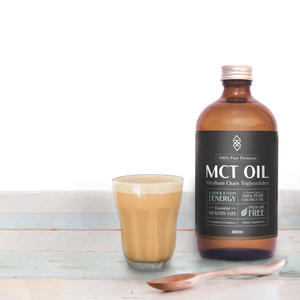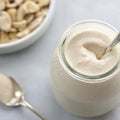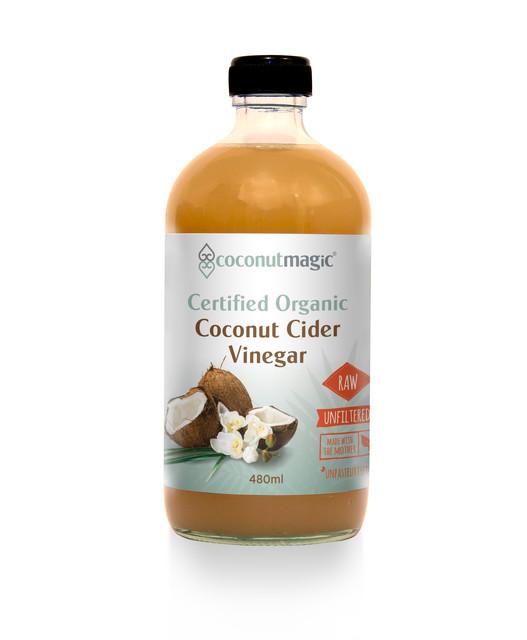By Michelle Evans, Vibrant H20
What are the health benefits of drinking spring water and downsides of other alternatives?
Water. It’s clear. It's wet. It’s safe. Right? Notta, frittata. What you see isn’t always what you get. Although the basis for a water molecule is relatively simple (on paper) - two hydrogen atoms plus one oxygen atom, the process to get drinkable water is complex. Dive with me into the mystical sea of facts concerning water- and the benefits of drinking spring water vs. alternatives.
Nature
Nature is a wondrous source of nutrition. Thanks to naturally occurring minerals like magnesium, calcium, sodium, and potassium, spring water consists of a plethora of hydrating magic like a sea spray of unicorns. Or, something else super fun and good for you.

So what about minerals?
I’ll tell you what about them. You’ll exit stage left if you don’t have electrolytes. They do all kinds of necessary things to the human body. Here is an abbreviated list of the benefits of electrolytes.
Magnesium-helps metabolism good; combats depression; aids in bone health; it’s a vital macronutrient; decreases the chance of heart disease
Calcium-maintain bone and dental health; helps protect cardiac muscles; helps maintain healthy body weight; BFF's with magnesium
Sodium-necessary for proper nervous system functioning; removes excess co2; development and functionality of the human brain;
Potassium-helps blood pressure; promotes cardiovascular health; BFF to sodium
Spring water is water sourced from an underground formation. According to the FDA, responsible for the regulation of bottled water, spring water must be gathered from the spring or a borehole. If a pressure is used to extract the water, the composition must be the same as if the water naturally flows to the source. It’s not as simple as finding a stream in the woods, tucked among a fuzzy moss embankment, and taking a refreshing gulp. That’s a terrible idea. You could get very sick. Please don’t do it. Although spring water is as natural as water can get, it’s also monitored to ensure it’s safe to drink, but not processed. It’s all about the source. Many prefer the taste of spring water to other types of water such as purified or tap water which can have a sulfuric flavour or metallic taste.
Spring water also naturally contains higher levels of minerals than its alternatives. Spring water, in particular, has this nerdy thing called “negative oxidation reduction potential” due to its continuous flow, which allows our bodies to more easily absorb it. This process alone gives spring water an advantage to those seeking a healthier alternative.

Downsides to alternatives
Just in case you aren’t convinced, let’s talk about the qualities of other types of water. We talked about the molecular structure of water. Remember? (H2O?) What does change is what's added to it, or in the case of distilled water, taken away from it? Distilled water uses heat via condensation to remove impurities, consequently utilizing a large amount of energy. It also removes minerals. Distilled water has a unique taste, unpalatable to some and a higher sediment amount, although still safe to drink.
Purified water:
Water is purified a few ways.
* Reverse osmosis- a fancy term to describe filtering out the contaminants by separating molecular particles.
* Filtration- Course, micro, and ultra. Just like it sounds. Each one of these processes filters out specific particles, bacteria, etc.
* Distillation- this is the water you get at hipster restaurants in the glass bottles that tastes like it was ladled from a toilet tank. One perspective of many, of course. This process uses heat and condensation, storing it for future consumption. The risk here is that, if not properly stored, it could reintroduce bacteria.
* Deionization- This is the process water softeners use; an exchange of ions (magnesium and calcium) for sodium.
* Carbon absorption- a magnetic process that pulls chlorine and other particles.
* Ultraviolet radiation- Sterilises bacteria through a wavelength.
Despite the processes used to purify water, there are cons. Consider good old tap water. Here’s the breakdown of municipally sourced water. The water comes from rivers, lakes or groundwater (water from rock holes or soil. Amazing!) It is then transferred to a treatment facility. This is where the “laundering” of the water happens using filtration process to remove sediment, bacteria, etc. Keep in mind this is a chemical process.) The water is then transferred to a storage tank and then to your home's pipes.
But wait! It doesn’t end there. Even after all the filtration preceding your tap, the water can become contaminated with lead from your pipes. Another disadvantage, although controversial, is the addition of fluoride, if your city adds it. Not all do.
Our Earth is an organic masterpiece. Our bodies are a biological pièce de résistance. We need healthy water to survive. Spring water is the most naturally occurring water available, and with the help of FDA regulations, and a little research on the source of the spring, we can see that spring water is the clear winner here.













